When to Plant Cauliflower Plants
Cauliflower plants are generally best planted out between May and July when they are around 10-15cm (4-6in) high. This shouldn’t be delayed, as plants that have had their roots disturbed at a later stage are more likely to bolt.
How to Plant Cauliflower Plants
Before planting out your cauliflower plants, they should first be gradually hardened off over the course of a couple of weeks to acclimatise them to outdoor conditions. They should be planted in soil that has been prepared as described in the ‘Ground Prep’ section and thoroughly watered prior to and after transplanting to prevent checks to growth.
To transplant your cauliflowers, make a hole with a trowel that’s deep enough to ensure that their leaves are at ground level. Then, carefully place your plant in the hole, avoiding disturbing the roots, and ‘puddle in’ (repeatedly fill the hole in with water) to ensure the ground is moist. After this, firm the soil around your plants in especially well.
Your plants will need to be spaced depending on what varieties you’re growing. Specifically, you should space summer and autumn cropping varieties 60cm (2ft) apart, winter varieties (75cm) (30in) apart and space 30-45cm (12-18in) apart to produce mini, 'one person' curds. You should expect to produce one cauliflower head per plant.
Giving your cauliflowers a good amount of space ensures that they will grow to be of larger size and prevents any problems arising from poor circulation or shading. The only exception is mini cauliflowers, which are deliberately planted closer together for smaller growth.
How to Grow
Ground Preparation
Sowing
Planting
Plant Care
Problems











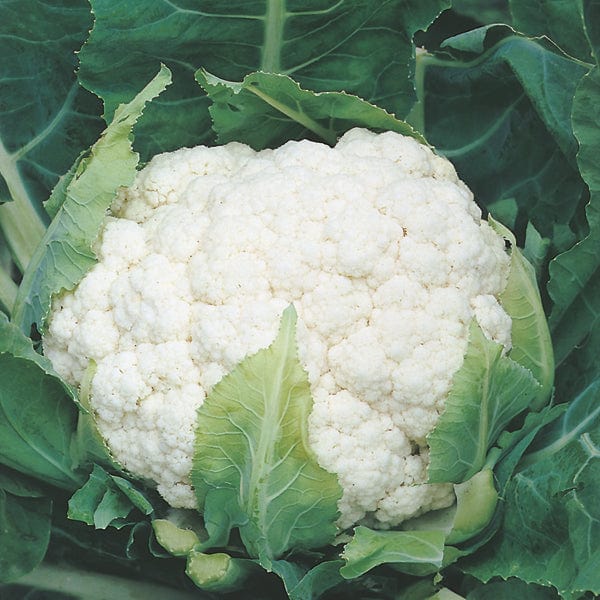

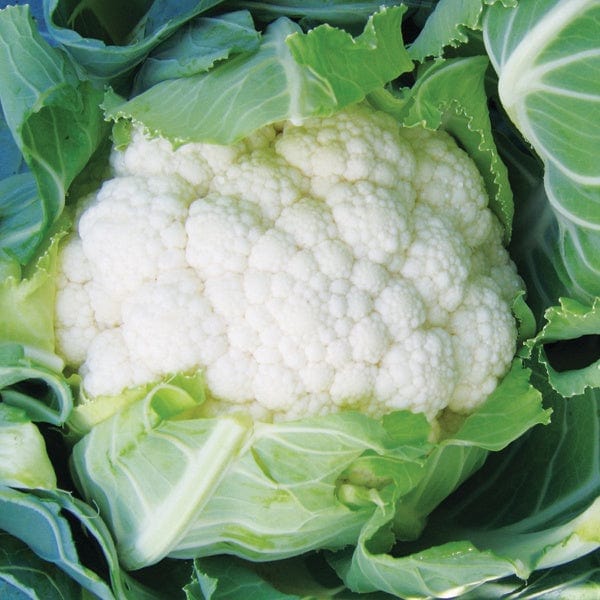


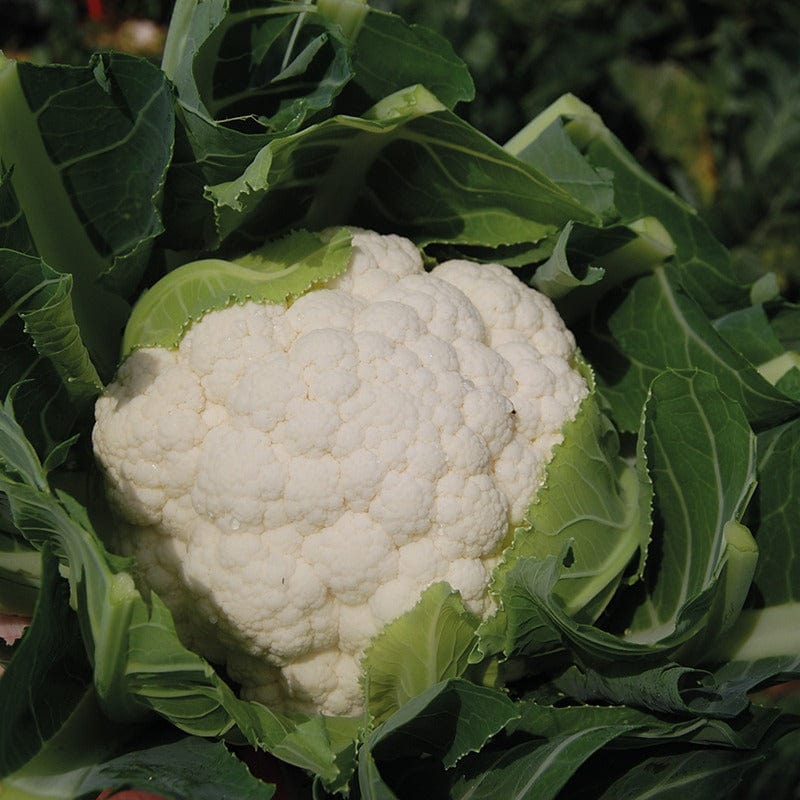

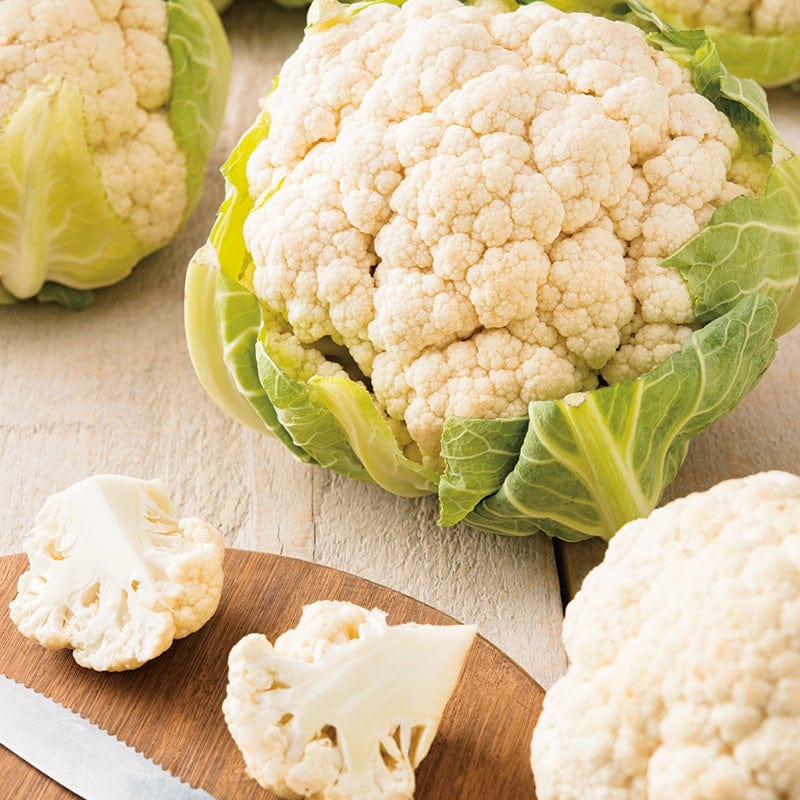
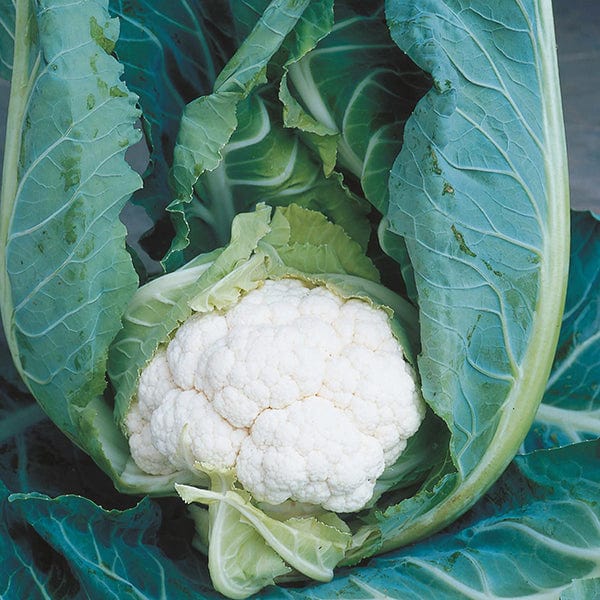
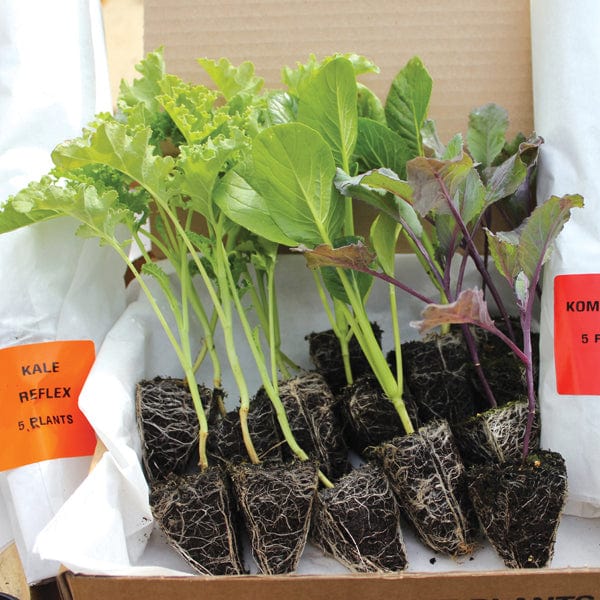
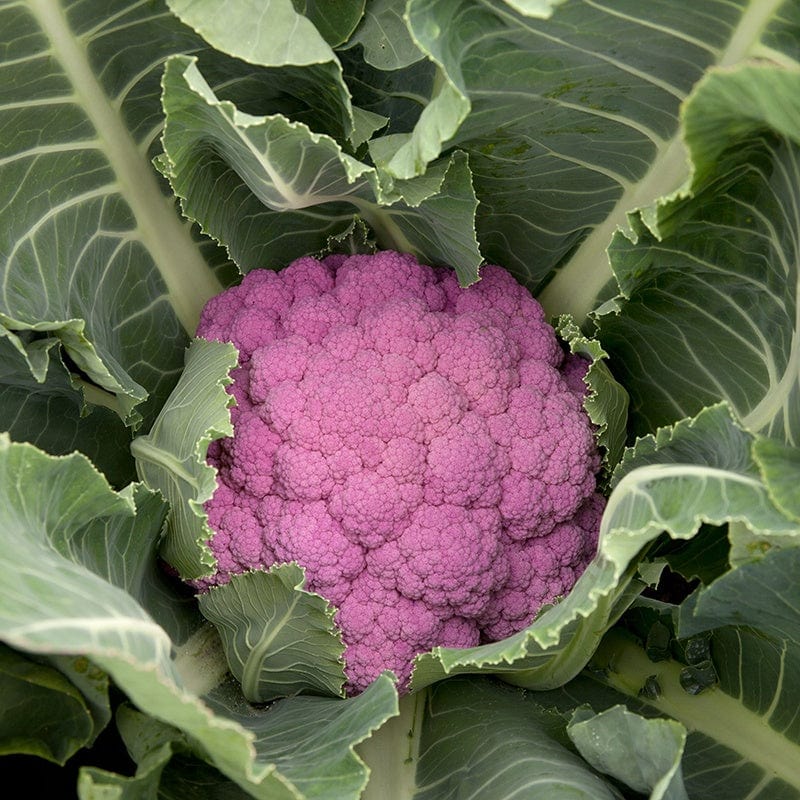
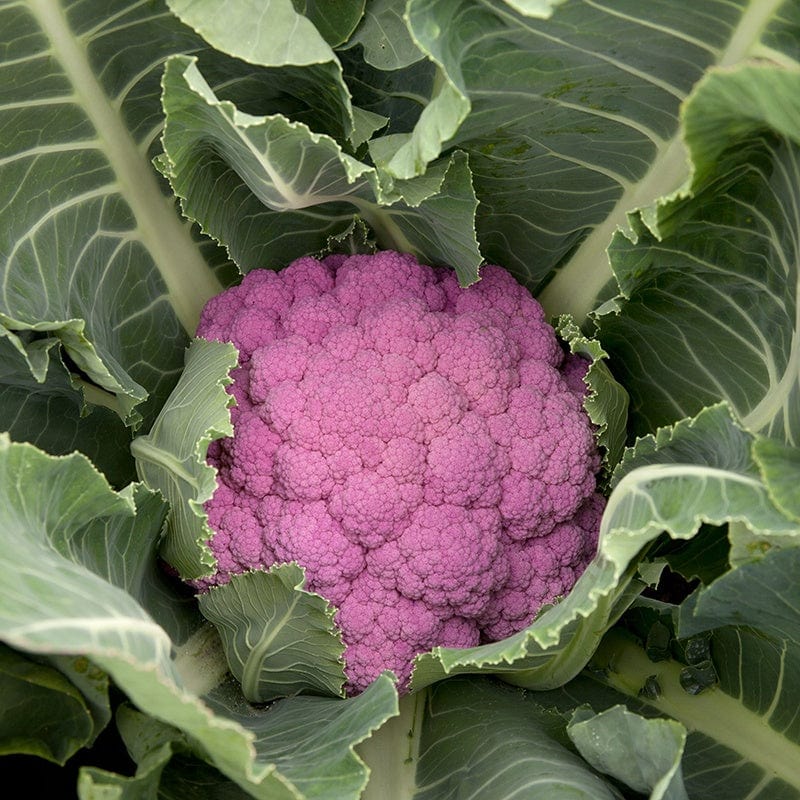
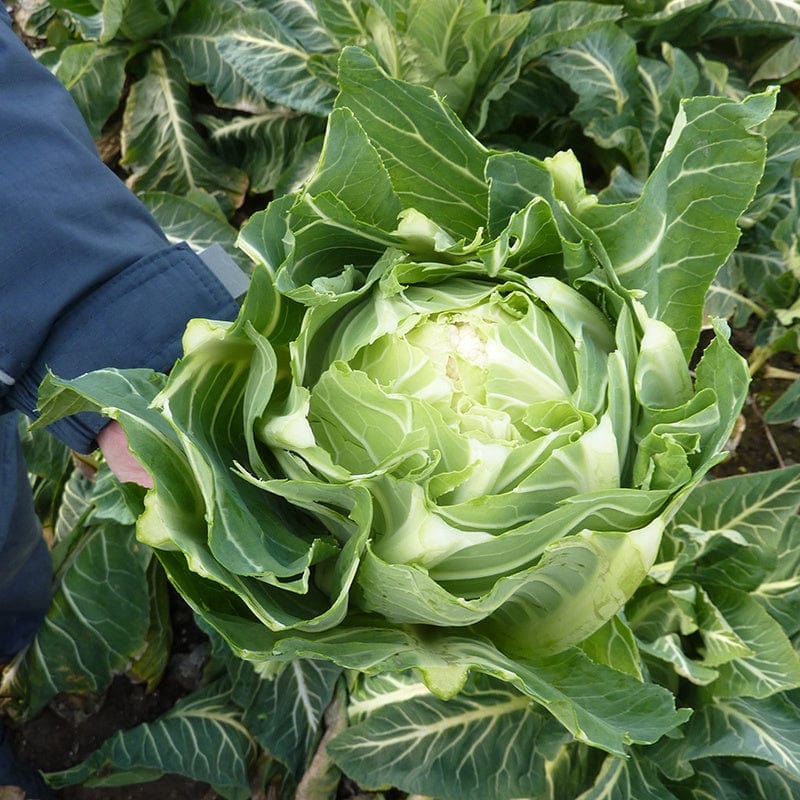
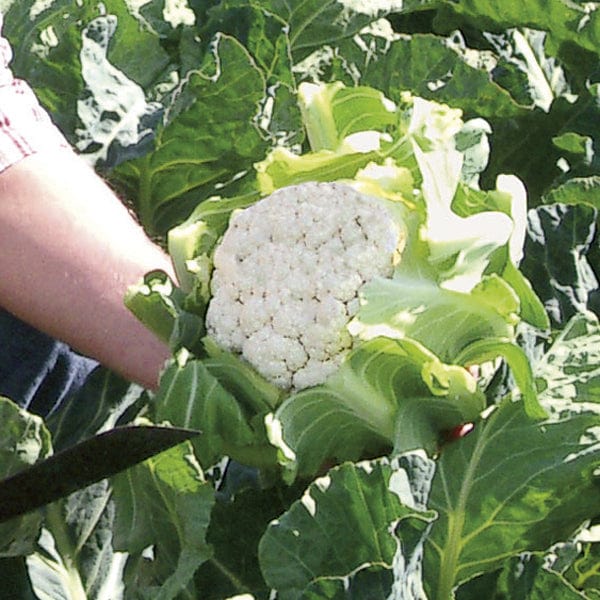

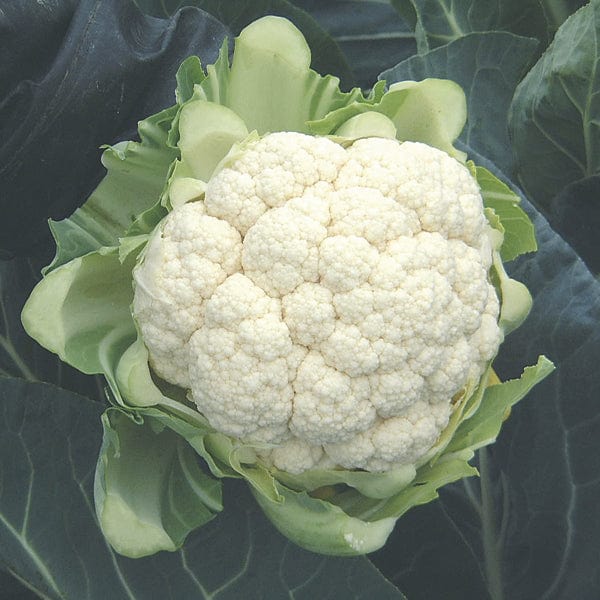

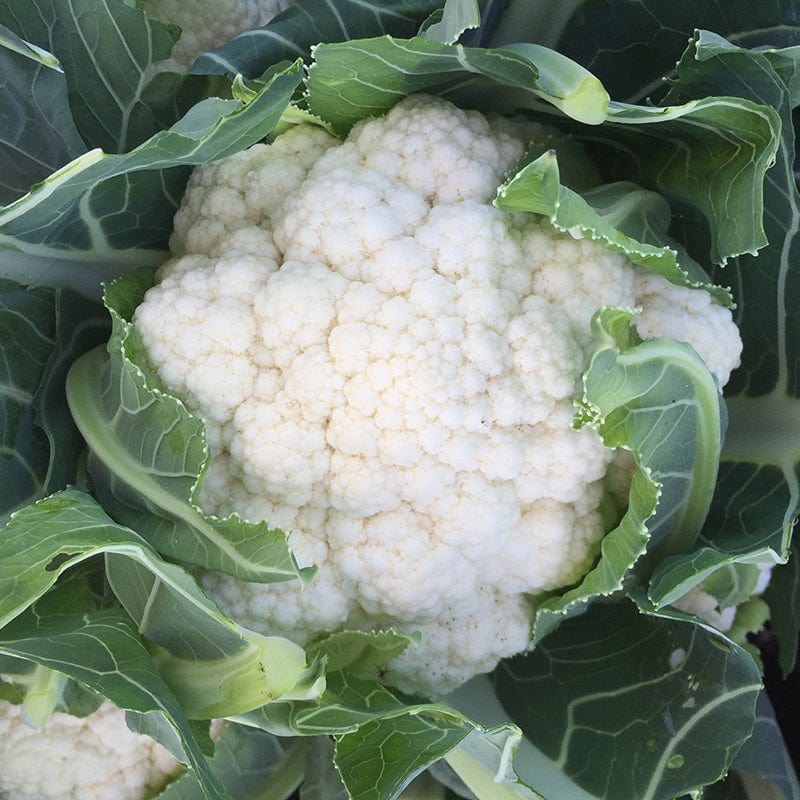
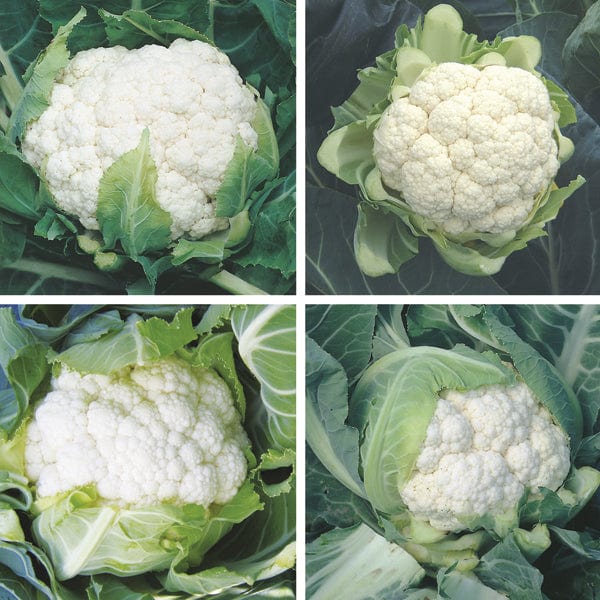

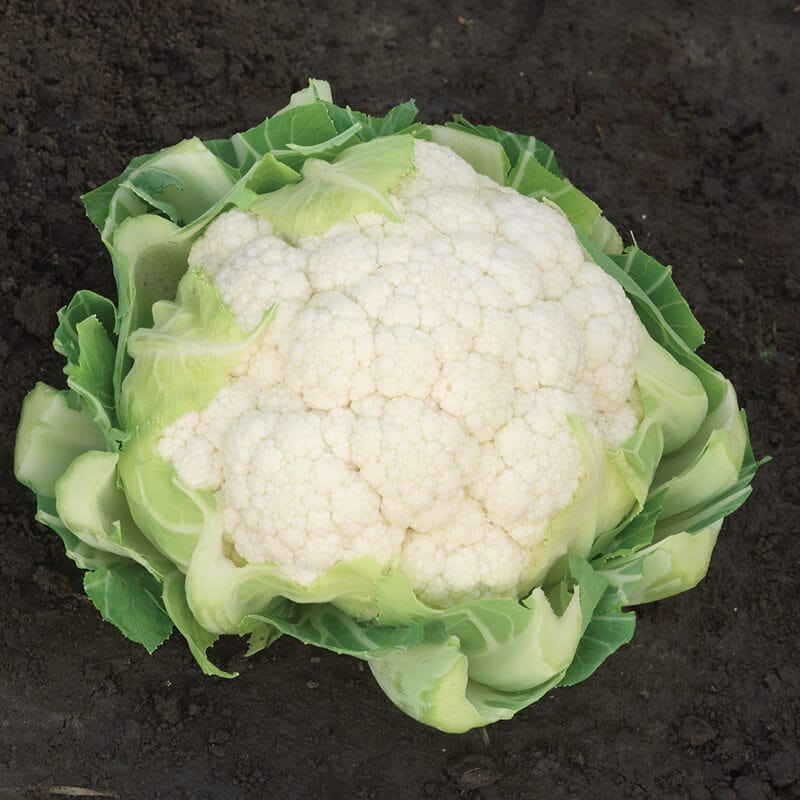
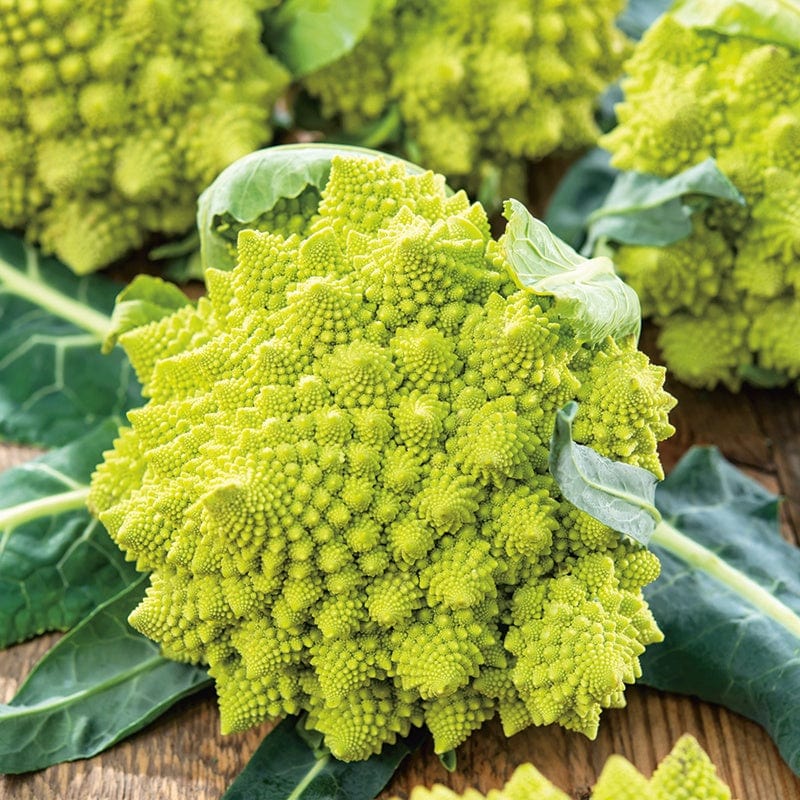
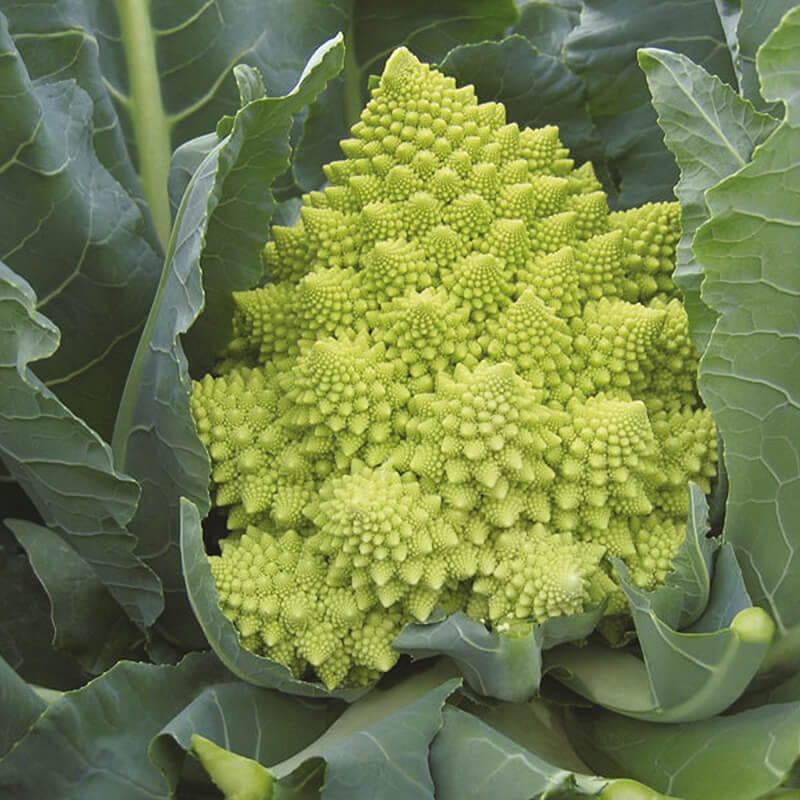

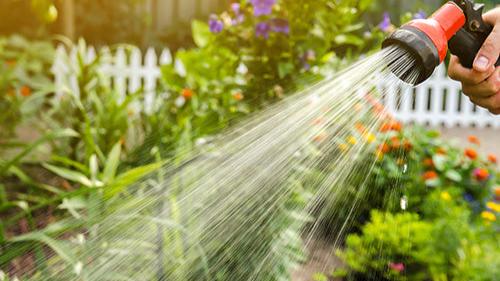


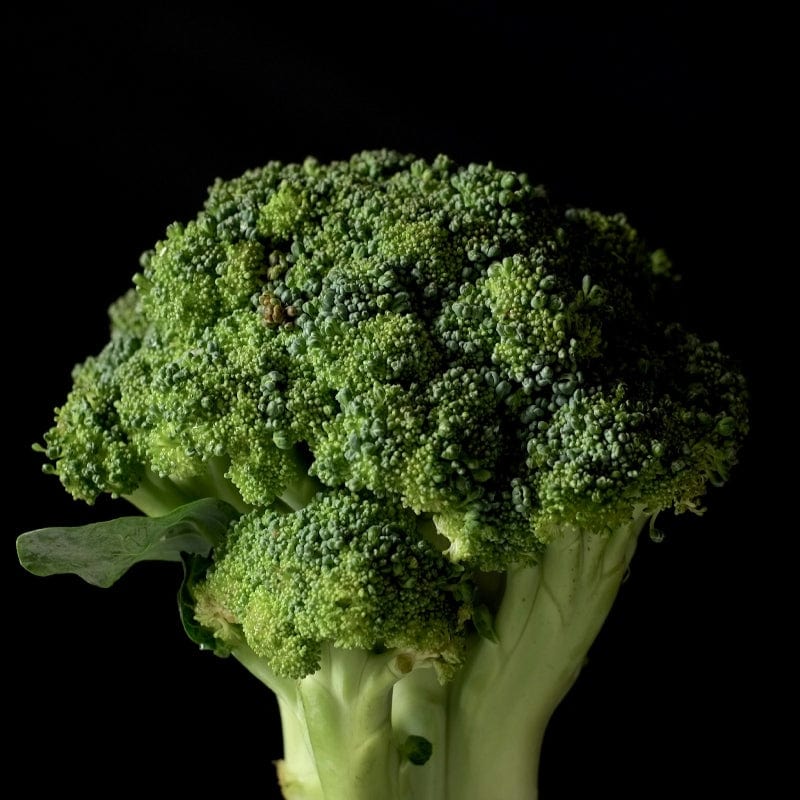

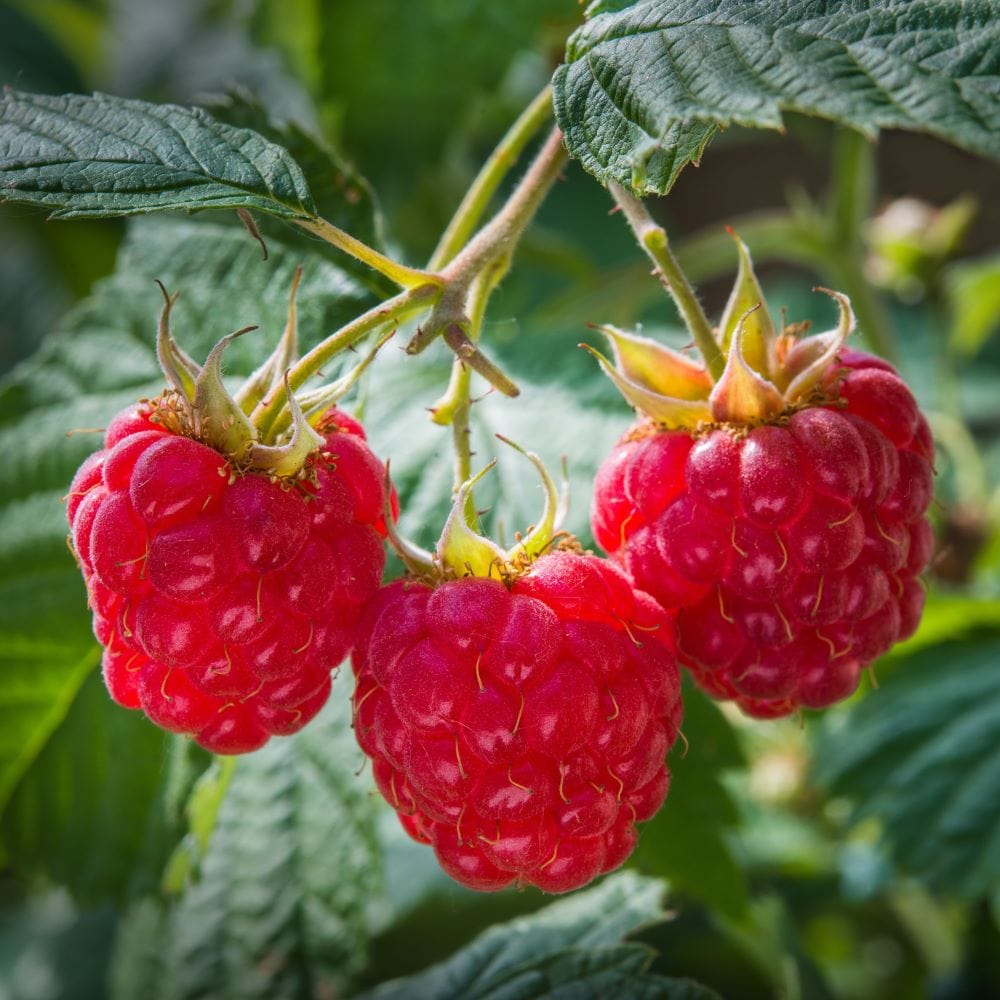
Leave a comment
All comments are moderated before being published.
This site is protected by hCaptcha and the hCaptcha Privacy Policy and Terms of Service apply.